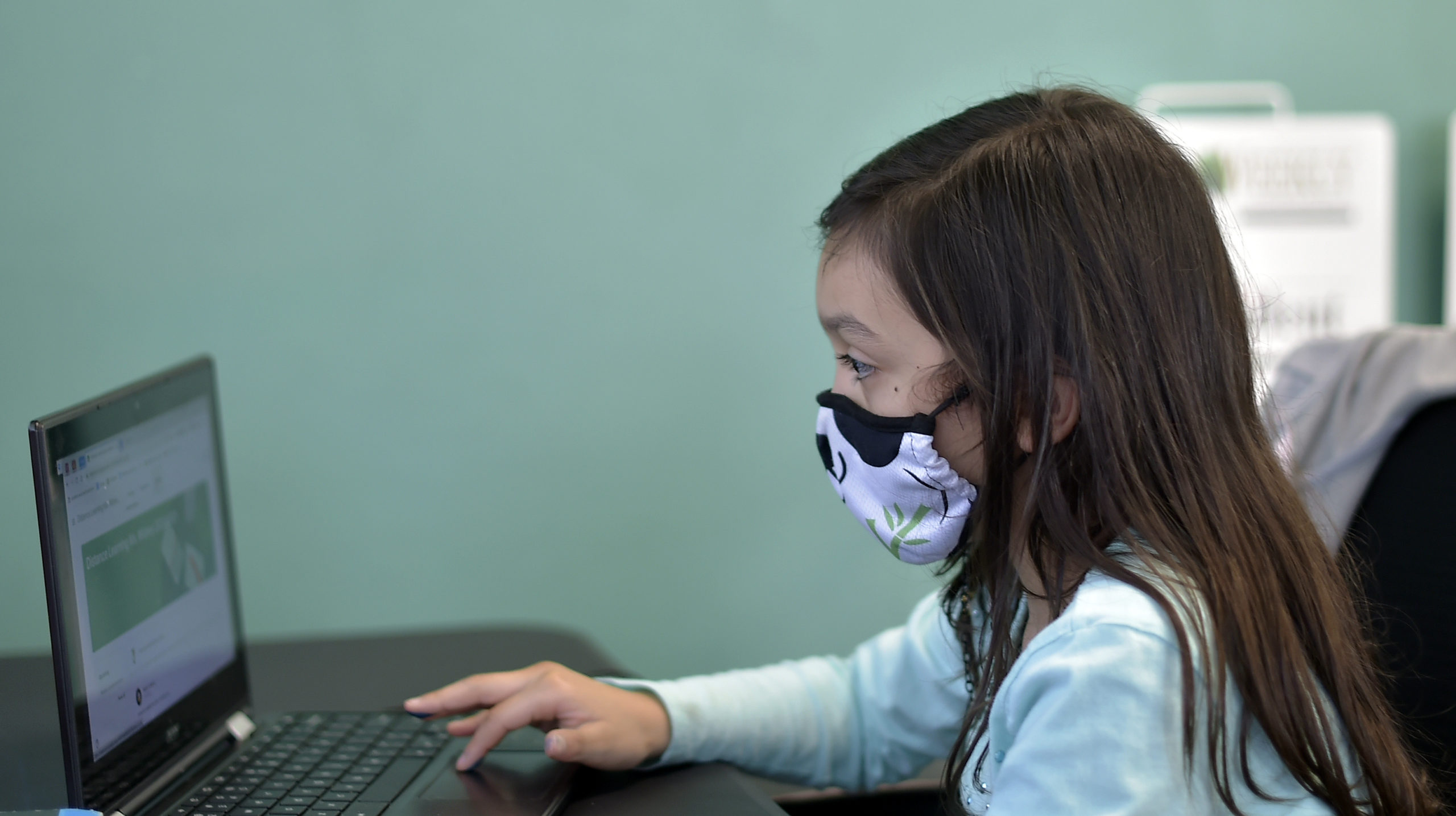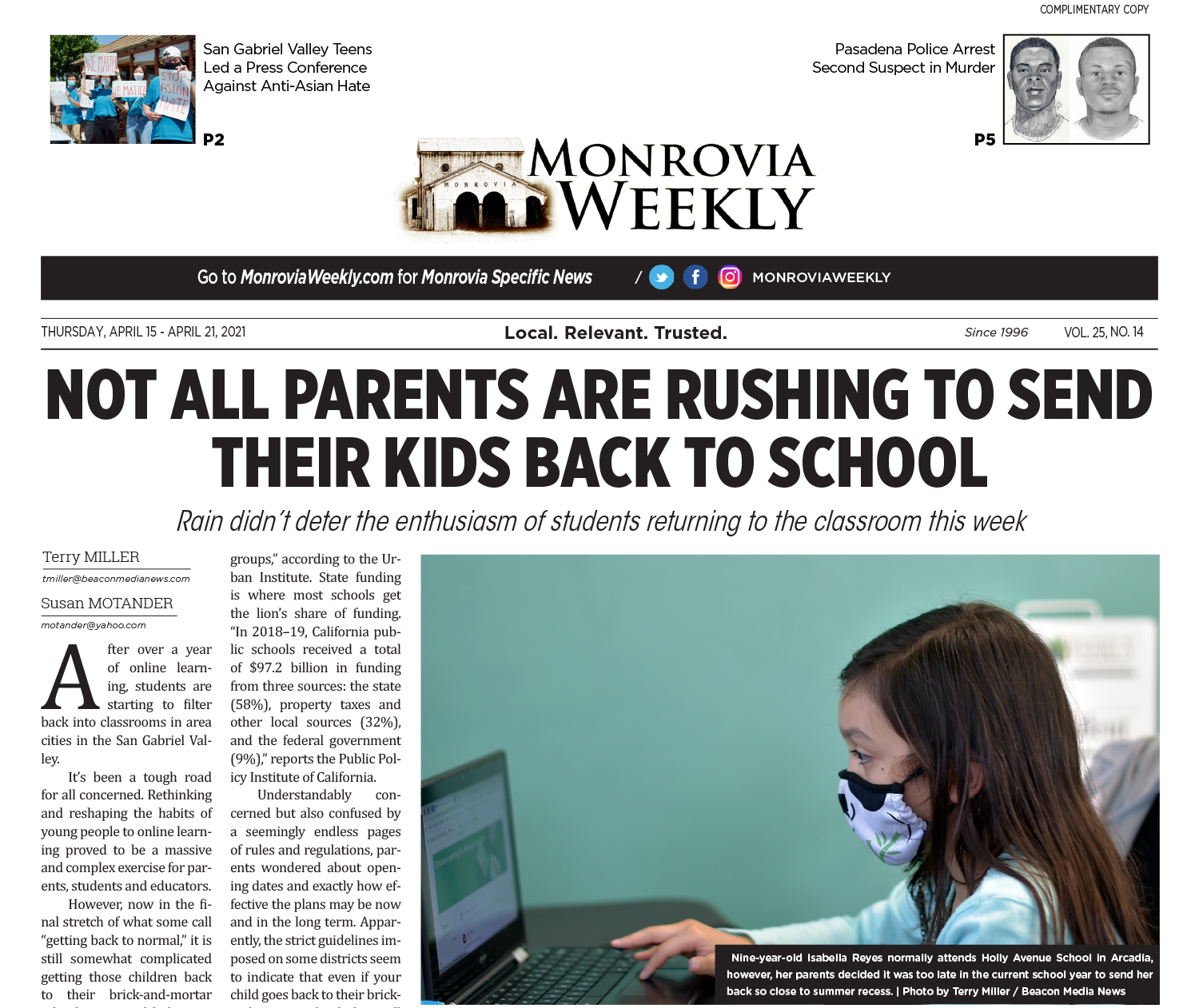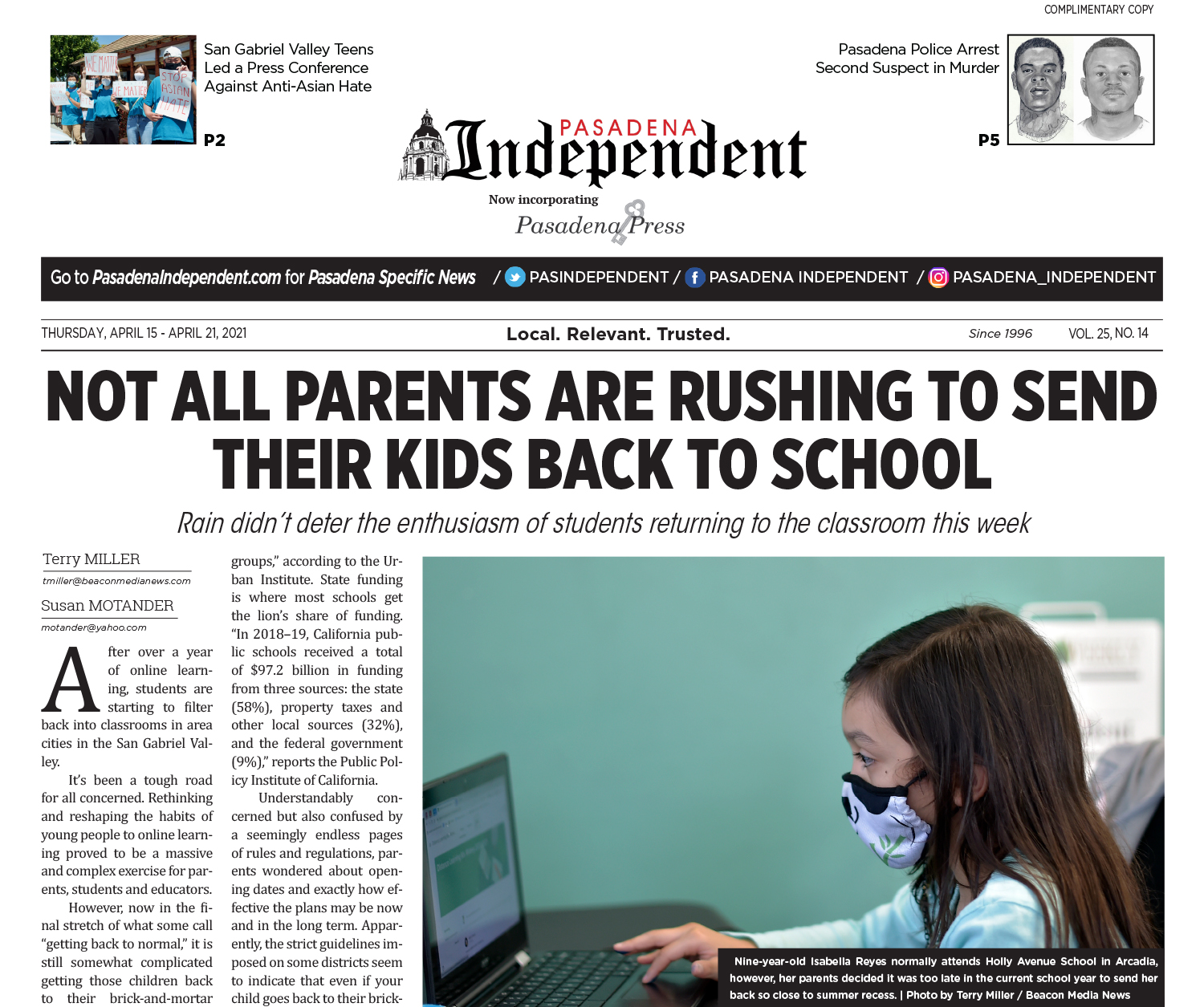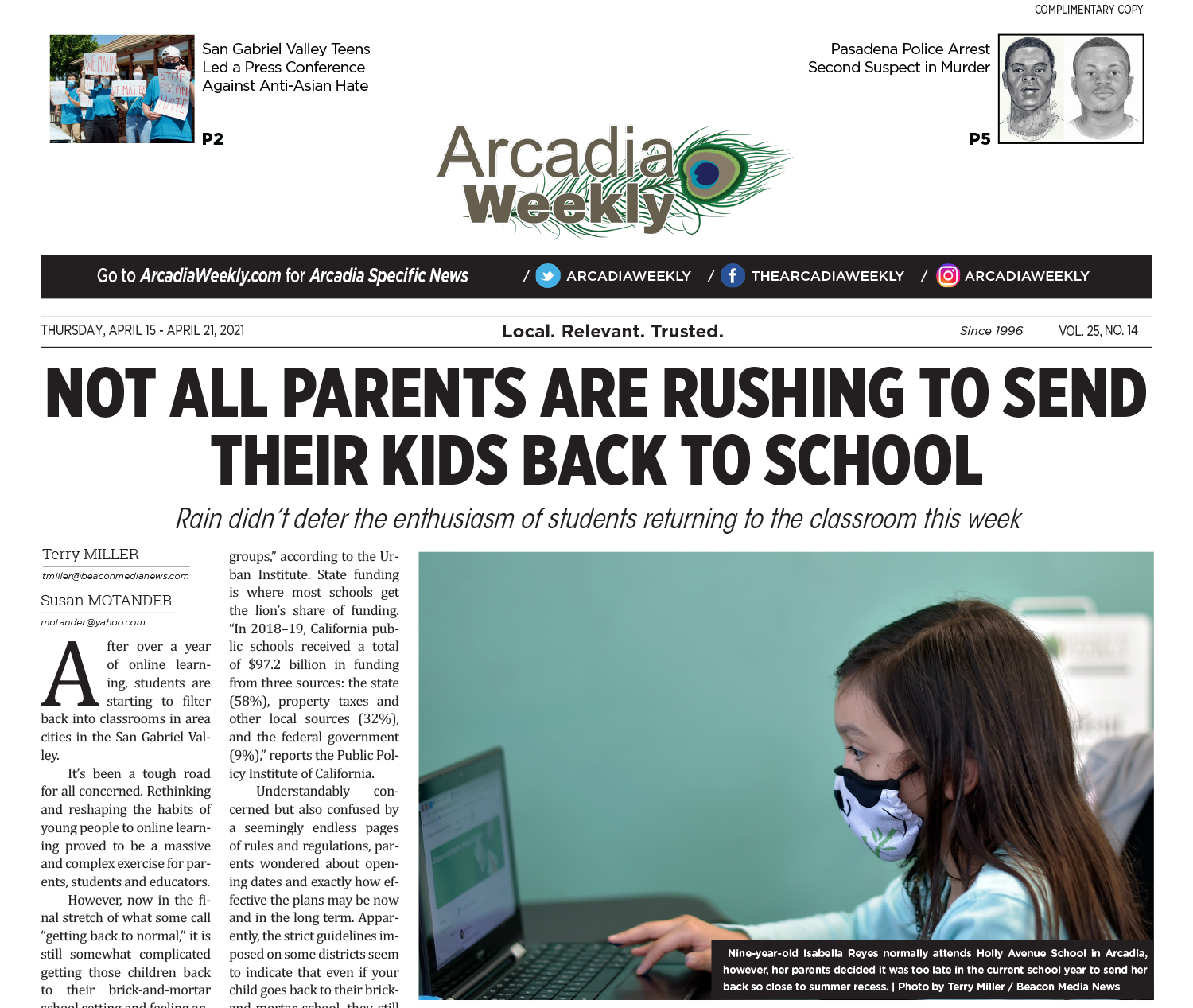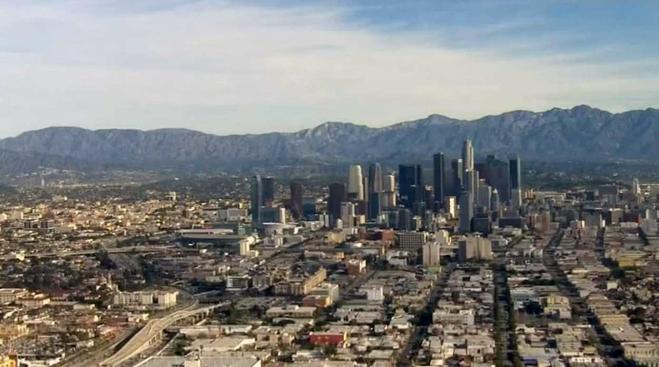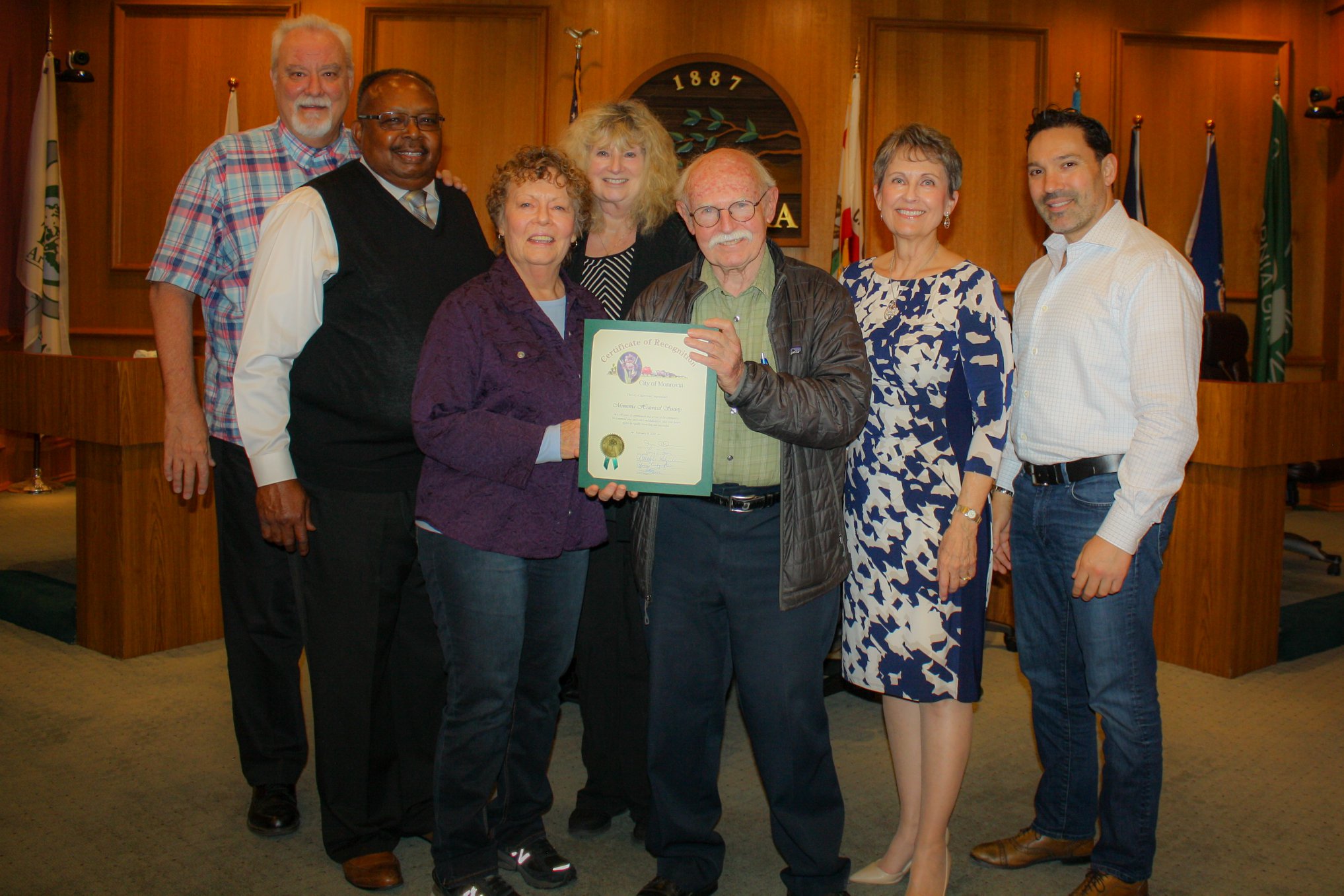Rain didn’t deter the enthusiasm of students returning to the classroom this week
After over a year of online learning, students are starting to filter back into classrooms in area cities in the San Gabriel Valley.
It’s been a tough road for all concerned. Rethinking and reshaping the habits of young people to online learning proved to be a massive and complex exercise for parents, students and educators.
However, now in the final stretch of what some call “getting back to normal,” it is still somewhat complicated getting those children back to their brick-and-mortar school setting and feeling anything but normal — hours are staggered, and health protocols take priority over every aspect of continuing pupils’ education.
In talking with several parents who are reluctant to send their kids back to school after a year of virtual learning on Zoom, the general consensus was “Why send our kids back so soon?”
School districts, of course, get paid per student enrolled but it is certainly not simple math. School funding is a blend of federal, state, and local dollars. “Local funding largely comes from property taxes. Federal money, which accounts for just 10 percent of all education funding, tends to target low-income students or other distinct groups,” according to the Urban Institute. State funding is where most schools get the lion’s share of funding. “In 2018–19, California public schools received a total of $97.2 billion in funding from three sources: the state (58%), property taxes and other local sources (32%), and the federal government (9%),” reports the Public Policy Institute of California.
Understandably concerned but also confused by a seemingly endless pages of rules and regulations, parents wondered about opening dates and exactly how effective the plans may be now and in the long term. Apparently, the strict guidelines imposed on some districts seem to indicate that even if your child goes back to their brick-and-mortar school, they still may be learning using technology in their classrooms for the safety of students and staff.
However, students can safely sit just 3 feet apart in the classroom as long as they wear masks but should be kept the usual 6 feet away from one another at sporting events, assemblies, lunch or chorus practice, the Centers for Disease Control and Prevention said last month in relaxing its COVID-19 guidelines.
The new standard revised what had sharply limited how many students some schools could accommodate. Some places have had to remove desks, stagger schedules and take other steps to keep children apart.
We contacted some local school officials about parental concerns.
Monrovia Unified School District Superintendent Katherine Thorossian recently told Beacon Media News: “Students will not be zooming in class when they come to school. Rather, they will be able to use their Chromebooks to access additional resources and projects. The teacher will be providing the in-person instruction. The need to bring the Chromebook will likely be based on the lesson for the day.”
Monrovia’s elementary schools reopened a few weeks ago. Monrovia middle and high schools will be reopening on April 19.
According to Thorossian, the classes will be on a room and Zoom basis. Some students will be in class on Mondays and Tuesdays, others on Thursdays and Fridays. All students will be Zooming on Wednesdays. Any student may zoom full time if the parents and students agree.
“The MUSD Board of Education is committed to the safe reopening of our secondary schools. When we reopened our elementary schools, Board members were on hand assisting in any capacity: from greeting students to helping students and parents navigate school entrances and classrooms to responding to parent questions about schedules,” Monrovia School Board President Maritza Travanti wrote of the reopening. “We will be equally present and active with the reopening of our middle schools and high school — assisting wherever and whenever a need arises. Reopening schools safely is our priority and the Board, individually and collectively, will do what it takes to support the effort. We have been looking forward to this day and can’t wait to see our [sixth] – 12th grade students return to campus. On a personal note, my freshman daughter can’t wait to return and be on campus for the first time.”
Thorossian reiterated that thought when she mentioned she had been at Monroe School where she met a father bringing his kindergartener to school. According to Thorossian, the child, whose backpack was as large as he, eagerly walked away from his father in anticipation of the school’s reopening.
The Pasadena Unified School District (PUSD) welcomed students back to in-person learning on April 13, despite the gentle rains, starting with the youngest students. Approximately 1,980 preschool, transitional kindergarten, kindergarten, first, and second grade students returned to 14 elementary schools this week. Students in third through 12th grade return to campuses April 20.
“We’re excited to welcome students to the first day on campus and can’t wait to see them learn and grow,” said Superintendent Brian McDonald, Ed.D. “We’ve been working to make our schools safer and better for more than a year, and never stopped teaching and learning.”
Students have the option of returning to campus or staying in distance learning for the rest of the school year. Approximately 58% (1,980 of 3,400) of students in preschool through second grade students chose to return to 14 elementary schools and five children’s centers this week.
PUSD schools will operate in a hybrid schedule, with groups or cohorts of students learning in classrooms at the same time as their classmates stay online, to have fewer bodies on campus. All students will be in distance learning on Mondays, with student cohorts on campus two to four days from Tuesday to Friday. In most cases, students with disabilities will be on campus for four days. Physical distancing, face masks, health screenings, handwashing/hand sanitizers, and upgraded air filtration are all part of the district’s safety measures.
PUSD echoed Monrovia and said that Zoom learning in classroom would not be the norm. “We’re using the simultaneous learning model, where a group of students is in the classroom and the rest of the students online. The teacher uses a gooseneck camera with a mic to teach both groups simultaneously,” said Hilda Ramirez Horvath, public information officer for PUSD.
Teachers use web cameras, laptops, and Chromebooks to engage students who are in the classroom and learning remotely, according to PUSD’s website.
The Associated Press reports that in “In Los Angeles, where about 80% of the 600,000 K-12 students qualify for free or reduced-price lunch and one in five is an English learner, Superintendent Austin Beutner said a survey indicated that parents in communities hardest hit by the pandemic were more reluctant to send their children to school.”

